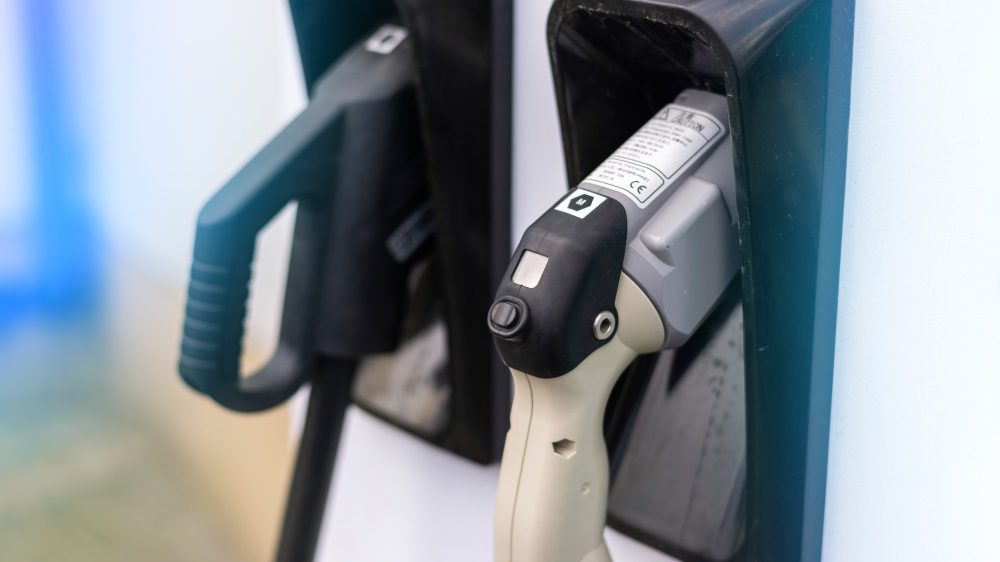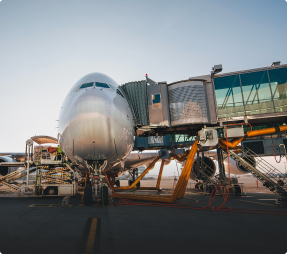
When you pull up to a gas station, it’s easy to take the process of refueling for granted. You grab the nozzle, squeeze the handle, and within minutes, your tank is ready to go. But behind that seemingly simple act lies a precisely engineered piece of equipment: the fuel nozzle.
Whether used in gas stations, aircraft refueling systems, or industrial fuel transfer setups, fuel nozzles are crucial components that ensure safety, efficiency, and accuracy in fueling operations.
What is a Fuel Nozzle?
A fuel nozzle is a mechanical device designed to control the flow of fuel from a storage tank into a vehicle or machinery. It typically consists of a handle (with a trigger mechanism), a spout, flow control valves, and a safety shutoff system. These nozzles are designed to handle different types of fuel—gasoline, diesel, kerosene, or even aviation fuel.
Key Functions of a Fuel Nozzle
- Controlled Dispensing The main role of the fuel nozzle is to dispense the right amount of fuel safely and efficiently. It ensures the fuel flows smoothly when needed and shuts off immediately when not.
- Automatic Shut-Off Modern fuel nozzles come equipped with a vacuum-based automatic shut-off system. When the tank fills up and the fuel blocks the nozzle’s venturi mechanism, it triggers a pressure change that automatically stops the flow—helping to prevent spills and overflows.
- Flow Regulation Some nozzles offer variable flow control, allowing the user to adjust the rate of fuel delivery depending on the type of vehicle or tank size.
- Safety and Compatibility Nozzles are often color-coded or sized differently based on fuel type (e.g., diesel vs. gasoline) to prevent misfuelling. They’re also designed to reduce static discharge and leakage.
- Swivel Joint (Optional) – Prevents twisting or tangling of the hose during fueling, allowing smooth movement.
Working Principle
The fuel nozzle works using a combination of mechanical pressure, vacuum sensing, and flow control valves:
- When the user pulls the trigger, a valve opens, allowing fuel to flow.
- As fuel enters the vehicle’s tank, air escapes through the venturi tube.
- Once the tank is full, fuel blocks the air path, creating a pressure change.
- The nozzle senses this change and automatically shuts off the fuel flow.
Different Types of Fuel Nozzles
| Type | Application | Key Features |
|---|---|---|
| Manual Nozzles | Small operations | Simple on/off operation |
| Automatic Shut-Off Nozzles | Fuel stations | Prevent overfilling |
| High-Flow Nozzles | Trucks, buses | Higher GPM (gallons per minute) |
| Aviation Nozzles | Aircraft refueling | Anti-spark design, grounding cables |
| Diesel Exhaust Fluid (DEF) Nozzles | Newer diesel engines | Special materials to handle DEF fluid |
| Vapor Recovery Nozzles | Emission control | Captures fuel vapors during dispensing |
Types of Fuel Nozzles
Fuel nozzles vary depending on the application and fuel type:
- Manual Nozzles – Basic models that require manual operation to control fuel flow.
- Automatic Nozzles – Shut off automatically when the tank is full.
- High-Flow Nozzles – Used for larger vehicles like trucks and buses to speed up refueling.
- Aviation Fuel Nozzles – Specialized designs with anti-sparking features and grounding mechanisms for safety.
Applications of Fuel Nozzles
- Gas Stations – The most common use case, designed for general consumer vehicles.
- Airports – High-capacity nozzles for safe and efficient aircraft refueling.
- Farms & Agriculture – Fueling tractors, harvesters, and diesel generators.
- Construction Sites – Supplying fuel to heavy machinery and backup power systems.
- Marine Docks – Rust-resistant nozzles for boats and marine engines.
- Industrial Facilities – Bulk fueling operations for forklifts and fleet vehicles.
Applications Beyond Cars
While fuel nozzles are most commonly seen at gas stations, they play a vital role in many industries:
- Aviation – Refueling planes requires nozzles that can handle volatile fuel safely under high flow rates.
- Marine – Boats and ships need corrosion-resistant, heavy-duty nozzles.
- Agriculture & Construction – Tractors and heavy machinery often use high-capacity diesel nozzles.
Maintenance and Safety Tips
Fuel nozzles require regular inspection and maintenance to ensure safe operation:
- Check for leaks and wear on the seals and hoses.
- Clean the spout and trigger mechanism to avoid clogging.
- Ensure the automatic shut-off feature is functioning properly.
Neglecting nozzle maintenance can lead to spills, fire hazards, and environmental contamination.
Materials Used in Fuel Nozzles
- Aluminum – Lightweight and corrosion-resistant.
- Stainless Steel – Used for durability and chemical resistance.
- Brass & Bronze – Used in fittings and internal components.
- Plastic or Composite Nozzles – Lightweight, used for specific fuels like DEF.
Fuel Nozzle Safety and Best Practices
- Use the Correct Nozzle for the Fuel Type – Prevent cross-contamination (e.g., diesel into a gasoline car).
- Regular Inspection – Check for leaks, corrosion, and trigger function.
- Keep Nozzles Clean – Dirt or debris can lead to clogs or inaccurate shut-off.
- Replace Worn Nozzles Promptly – Old or damaged nozzles can lead to fuel waste or hazards.
- Use Lockable Nozzles for Security – Prevent unauthorized use or fuel theft.
Emerging Innovations
- Smart Fuel Nozzles – Integrated with sensors and wireless communication for fleet tracking and fuel monitoring.
- Contactless Nozzles – Designed for hygienic fueling in public settings.
- Eco-Friendly Designs – Lower vapor release and reduced environmental impact.
Conclusion
Though they may seem like simple tools, fuel nozzles are vital for efficient and safe fuel delivery across many sectors. Their smart design and built-in safety features make them a silent but essential part of the fueling process—proof that even small components can play a big role in modern transportation and industry



